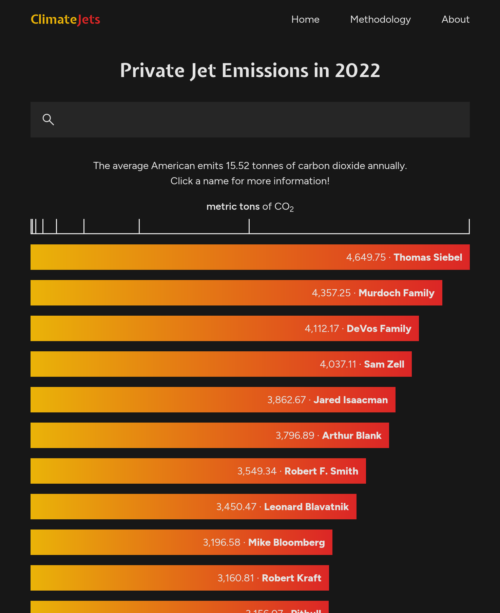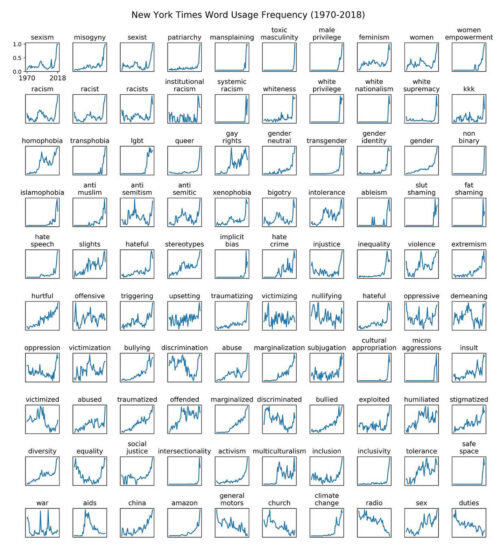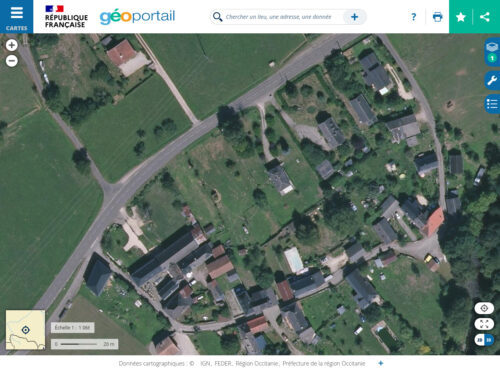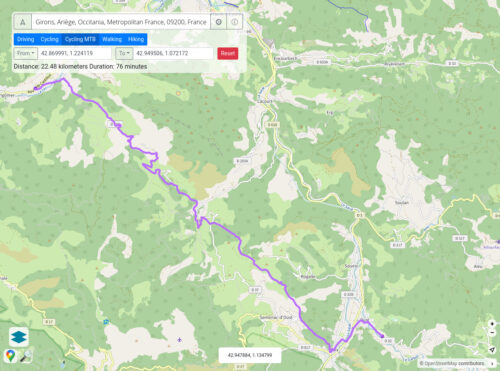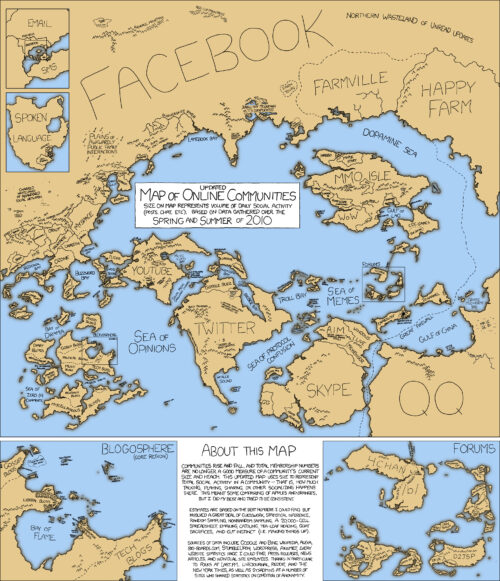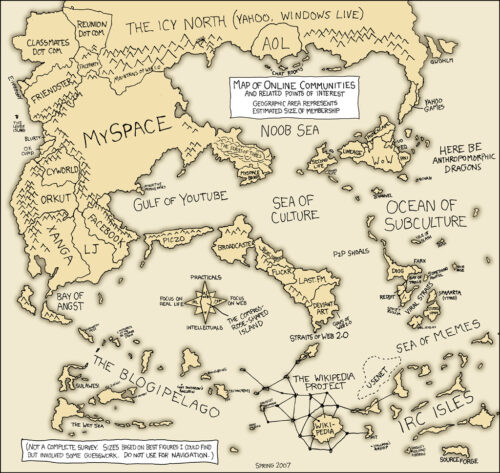What is The Law of 33%?
Spend a third of your time with people below you. This will help you to stay motivated, feel better about yourself, help you to acknowledge your privileges and accomplishments, express gratitude and much more. It’s cool. Also, since these people are inferior to you, this means that you are now superior to them, so you might also use your knowledge and wisdom to help THEM! It’s a cool feeling. Try it!
The next 33% of your time spend with people on your level. This is where you can partner up with somebody, push each other, compare results in a non-threatening way and also stay on track. It usually boosts your learning curve and keeps you in the game if you have somebody next to you who has the same values and ambitions as you have. Think about it just like a gym buddy: you might not always feel like going to the gym and work out, but you still have your buddy who relies on you going with him. You are pushing each other through the hard times where either one of you lacks the motivation to do it by himself. You back each other up. It’s cool too.
The last third of your time you spend with people superior to you. Because you have already spend two-thirds of your time with people below or at your level you feel a lot of happy feelings, which is great. The last third now inspires you to go beyond what you are currently achieving. It opens up new possibilities in your mind and gets your winner mentality going.


